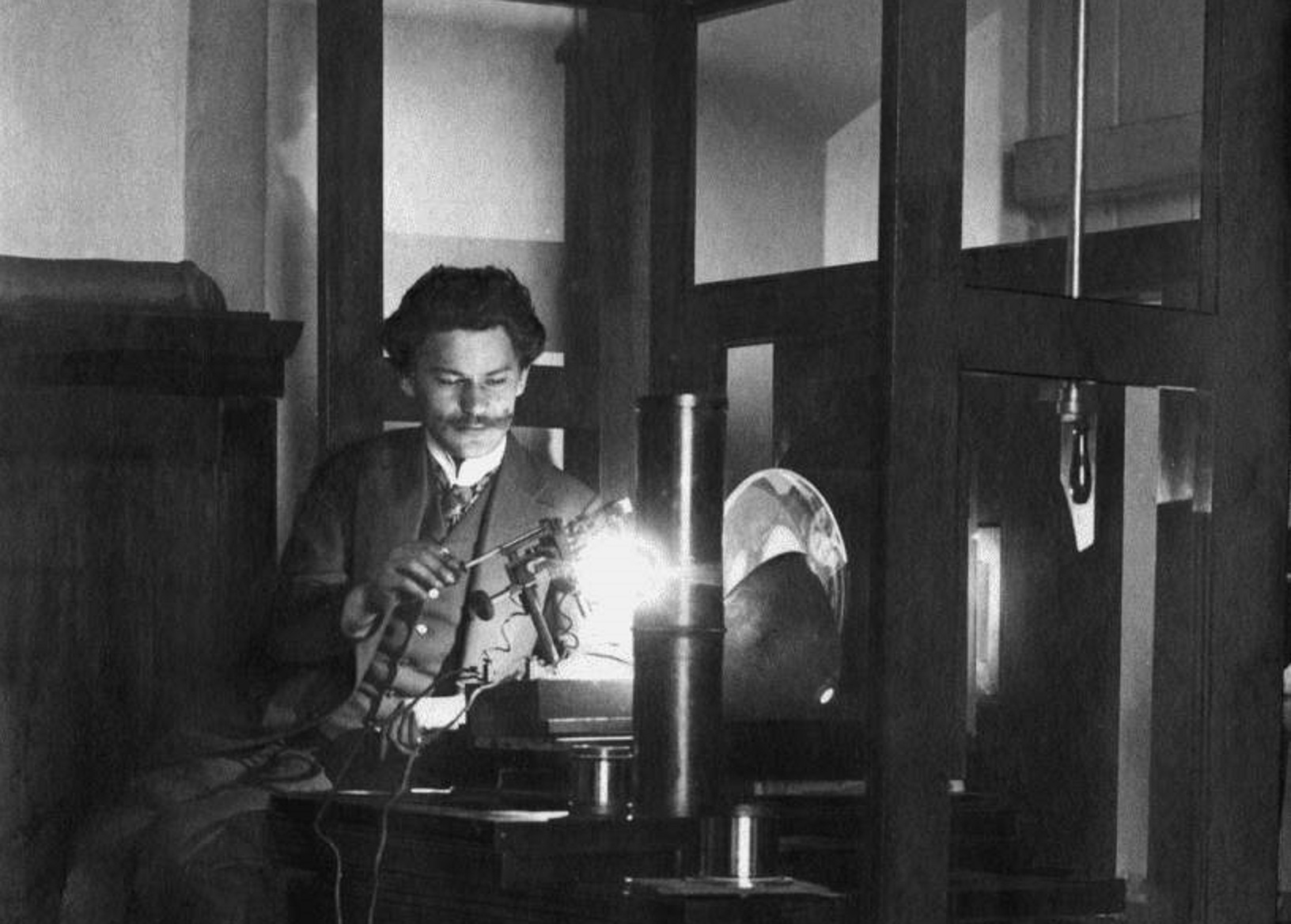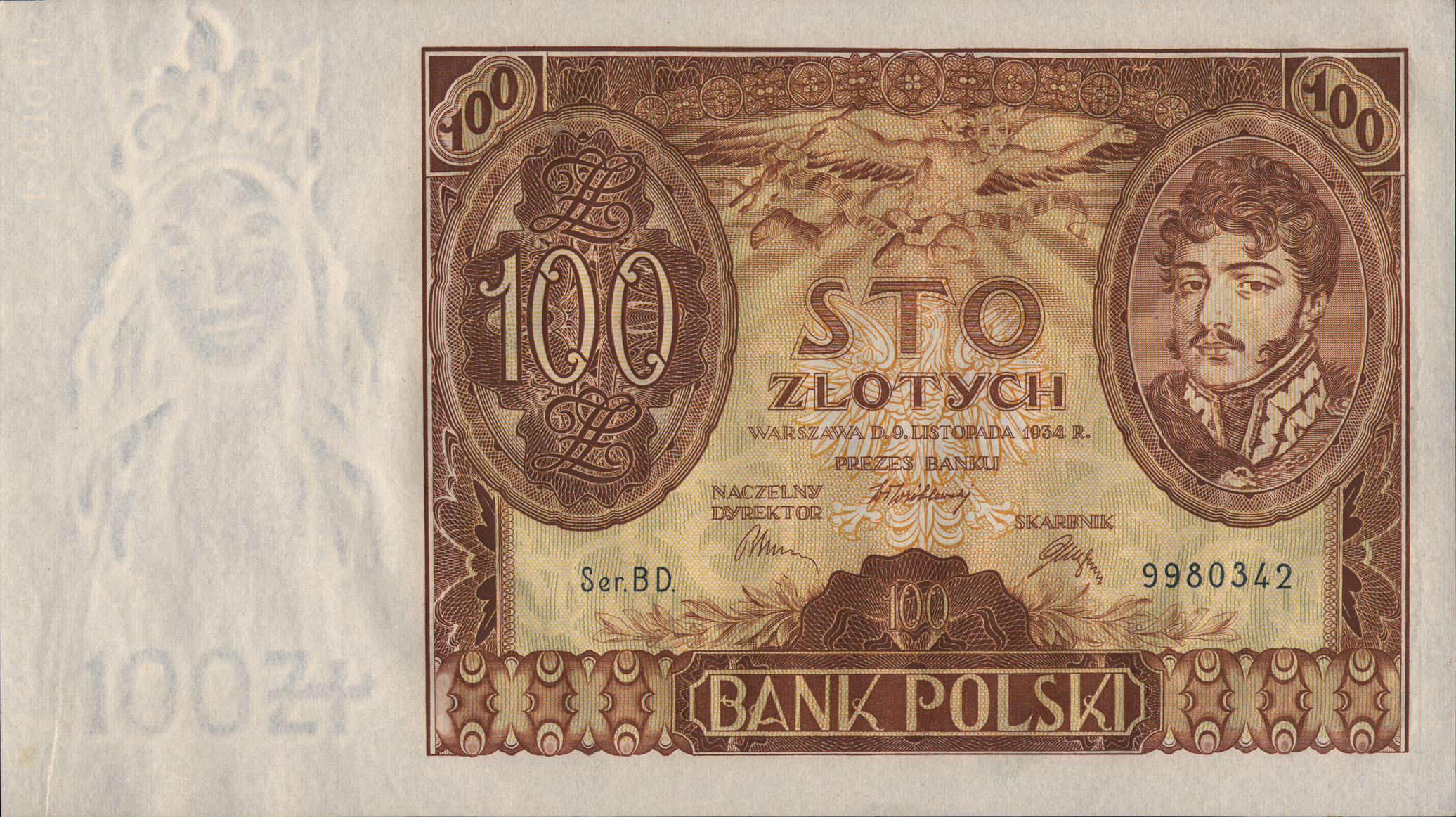Teacher and inventor Jan Szczepanik is also known, in what is perhaps a slight exaggeration, as the “Polish Edison” or the “Galician Leonardo da Vinci”. Although he was self-taught and had no technical background, he created several hundred inventions and technical solutions that contributed to the development of television, photography, film and the textile industry.
by Piotr Bejrowski
He was born on 13 June 1872 in Rudniki near Mostyska (today’s Ukraine). He graduated from a folk school in Krosno, a junior high school in Jasło and a teacher training college in Krakow. After graduating, he worked in rural schools in the Subcarpathian region. He worked on his first inventions for the local association of weavers in Korczyn. After a few years, Szczepanik gave up the teaching profession which did not bring him satisfaction and focused on deepening his knowledge in various fields. During this time, he read loads of books and academic textbooks. He got a job in a photo shop in Krakow, learning about photography and its techniques, and eventually started a research laboratory in Vienna.
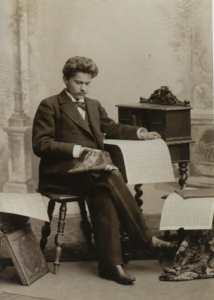
In 1897, at the age of twenty-five, he patented a telectroscope, a device for reproducing images from a distance using electricity, with the British Patent Office. The device was on the cover of the New York Times and aroused great interest, including from Mark Twain himself. Twain met with Szczepanik and intended to buy several of his patents (although this eventually did not happen). Later he devoted two texts to him: “The Austrian Edison Keeping School Again” and “From the London Times of 1904”.
Although the telectroscope, for technical and financial reasons, was not put into mass production, the invention is considered one of the milestones along the path of development of the television emergence. American historian Albert Abramson in his book Electronic Motion Picture. A History of the Television Camera ranked Szczepanik third among the precursors of today’s television.
Szczepanik was also a pioneer of the soundtrack in films. He patented a device with which it was possible to record and play sound on film. His inventions also included a color measuring device and 35mm color film. He even made a dozen landscape films that used colors. Ultimately, however, the system developed by Szczepanik was forced out of the market by the low quality but cheaper American Technicolor.
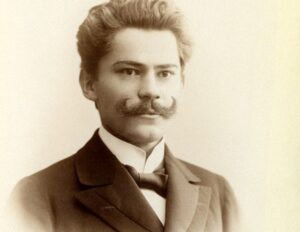
Thanks to the photoelectric method, Szczepanik created a device that allowed weavers to work on a single carpet not for an entire month in just an hour. He organized several tapestry factories, including in Krakow and Brussels. Thus, he contributed to the unprecedented development of photo-textiles. Putting an image on the material was a real revolution at that time. In this way, by duplicating the weaving patterns, tapestries with dimensions from 1m² to the size of a postcard were made, popularly known as “szczepaniks”. Among the works preserved to this day, the faithful images of Marshal Józef Piłsudski deserve special attention.
Probably the most popular among Szczepanik’s works was the world’s first effective bulletproof vest, made of steel sheets. The resistance of the material was confirmed by the military, after revolver shots and blows with slash weapons. The vest was bought, among others, by Nicholas II and the King of Spain, Alfonso XIII, whose life was saved during the attack in 1905, thanks to Szczepanik’s invention. The Tsar of Russia wanted to honor Szczepanik with the order of Saint Anna, but Szczepanik, most probably for patriotic reasons, refused to accept it.
Interestingly, the first inventor who worked on a bullet-proof vest and patented it was also a Pole – Kazimierz Żegleń. He was a monk born in Galicia, living in Chicago. In 1898, he started cooperation with Szczepanik. The “Żegleń’s fabric” became effective only after the improvements introduced by Szczepanik with the use of weaving machines.
At the beginning of the 20th century, Szczepanik moved to the capital of Austria-Hungary, where he made some significant inventions. Among the visitors to his Viennese studio were the pianist and future prime minister Ignacy Paderewski, the writer Gabriela Zapolska and the poet Kazimierz Przerwa-Tetmajer. Despite the great interest in Szczepanik’s works, the sale of some of his inventions was quite slow, because entrepreneurs were afraid to base their investments on risky ideas. In 1906, financial problems prompted Szczepanik to return to Tarnów, a town with which he maintained a lifelong attachment. During this period, he invented, among other things, the color photo projector and color printing paper, which were then used for many years by Kodak and Agfa. Despite the popularity of his works, this self-taught artist did not always care to reap the financial benefits resulting from his achievements.
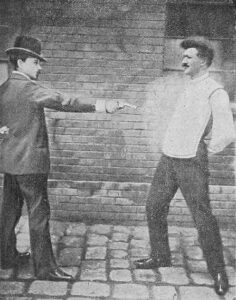
Szczepanik spent the First World War in Vienna, and after it ended, he opened another studio, this time in Berlin. He died on 18 April 1926 in Tarnów.
Szczepanik was undoubtedly ahead of his time. He had thousands of ideas, most of which, unfortunately, were never implemented and produced. This most versatile Polish inventor worked on, among others, a submarine, a helicopter with a double rotor system, an airship (before Ferdinand von Zeppelin), a sculpture copying device, alarm solutions, a solar energy storage system and an electric rifle. How famous would he have been if start-ups had been invented a hundred years ago?
Author: Piotr Bejrowski
Transation: Mikołaj Sekrecki

